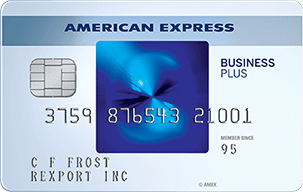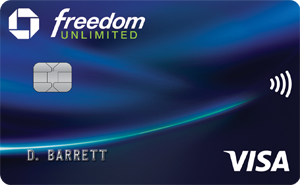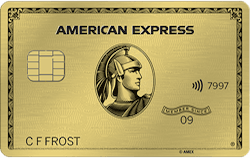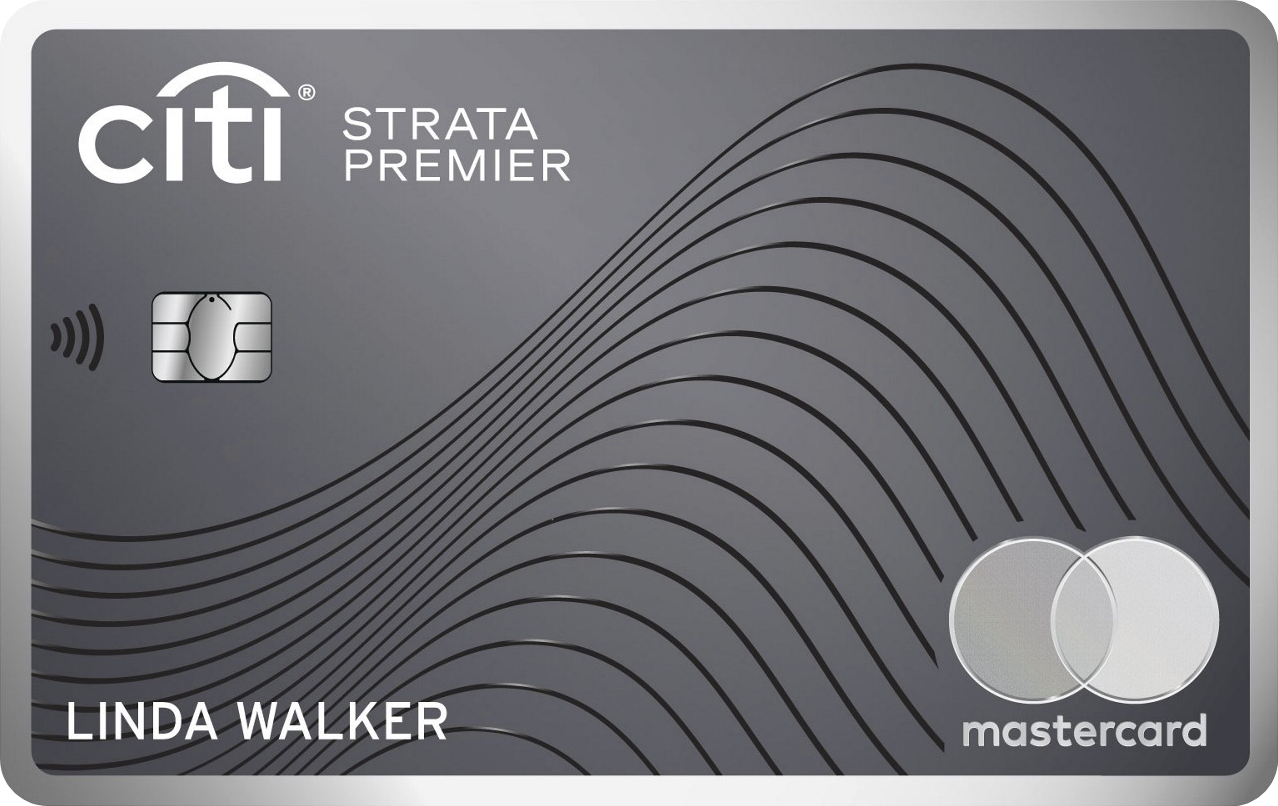BestCashCow routinely ranks the Sapphire Preferred Card and the Sapphire Reserve Card, personal credit cards offered by Chase, and the Ink Preferred Card, its sister for business use, among the top cards for both the value of the sign-up bonuses and the value of the points you can accumulate through spend. The personal cards come with a 50,000 sign-up bonus after hitting certain spend limits, while the Ink Preferred Card has an 80,000 point bonus after after spending $5,000 in your first 3 months. Since the Sapphire Preferred gives you 2x points on restaurants and travel (the Reserve gives 3x), and the Ink gives you 5x points at office supply stores and on telecommunications spend, the most savvy point gurus routinely advise their readers to get both (by providing their social security number as a business EIN in the Ink Plus application).
We rank the Chase points much higher than other points because Chase offers 1-to-1 transfer with more valuable travel partners than Citibank or Amex do through their comparable programs. Whereas all offer transfer to Singapore Krisflyer (which today is among the most valuable programs in the travel universe for those seeking the rewards outlined in this article), Chase also offers transfers to British Airways, United and Hyatt. You can also redeem your points directly for travel through Chase's own travel portal.
Those seasoned at accumulating Chase points often hold the Chase Freedom card and/or the Chase Freedom Unlimited Card in addition to their Sapphire and Ink cards. The Freedom card is designed as a cash back card to compete with the Citi Double Cash and the Capital One Quicksilver Cash Rewards cards, and offers 5x points per dollar spent on a rotating quarterly category. Ordinarily, the categories are gas and local transportation from January to March, groceries stores from April to June, and restaurants from July to September. Back in 2014 and 2015, in the fall quarter, Chase offered 10x points for spend on Amazon, and in 2016, Chase offered 10x points for spend at Costco. Since it is a cash back card, your Chase Freedom points cannot be transferred directly to Singapore, United, British or Hyatt, but if you have a Sapphire or an Ink card, you can transfer the full balance to that card and then on to your travel partner of choice.
Chase, in a further effort to compete in the cash back market, has now unveiled its Chase Freedom Unlimited card. This card gives 1.5x points on all spend. This card is also designed as a cash back card, and at 1.5% falls short of the 2% cash back you can get in the Citi Double Cash card or the 2.625% you can get if you are a Merrill Lynch account holder with the Bank of America Travel Rewards Credit Card. Yet, if you use it for your ordinary spend in conjunction with a Sapphire or Ink card, and transfer your point balance through those cards on to one of Chase's partners, you can achieve substantially more value from your ordinary spend than through any other credit cards rewards program.
Hint: Some readers are reporting that the Sapphire, Freedom and Freedom Unlimited Cards are tougher to get, and that Chase is rejecting all applicants that Equifax reports have applied for more than 5 credit cards in your last 24 months. If you are new to the credit card travel rewards game, you may want to consider applying for these three before any other cards.




